Denmark’s ATP has responded to an international analysis of pension fund returns, which ranks the statutory pensions giant lowest, saying the figures do not reflect the value it creates for members as a guaranteed scheme.
The Finnish Centre for Pensions (Eläketurvakeskus, ETK) yesterday released a comparison of inflation-adjusted returns for 2024 as well as longer periods produced by pension funds in different countries, showing that five private-sector Finnish earnings-related pension insurance companies have beaten the likes of AMF, Industriens Pension, ABP, Alecta, PFZW and ATP.
These 11 pension funds were categorised together in the analysis based on their risk-taking capabilities, as pension funds subject to solvency regulations.
While Varma came out top of the group with a 9.4% real return for 2024, ATP lagged at the bottom with a real return of just 0.1%.
A graph in the ETK report showing the real returns of the institutions over the past five, 10 and 15-year periods depicted ATP as the only pension fund to have had negative average annual returns in real terms over five and 10 years.
Asked by IPE to comment on its showing in the analysis, ATP’s head of investment strategy Allan Sall Tang Japhetson said: “First, we do not think the analysis reflects the differences in pension products.
“It does split the results into buffer funds and pension funds, but it does not take into account the degree of guaranteed benefits (and mark-to-market of liabilities) of each individual pension fund,” he said, adding that, consequently, the results should be interpreted with some caution.
Tang Japhetson said a large part of ATP’s mark-to-market loss had been mark-to-market gains during the period leading up to 2022 and therefore reflected a partial loss of previous profits on the pension fund’s hedging portfolio.
“Hence it does not reflect the value creation to ATP’s members due to having a guaranteed pension – over the last five years this has been in the range 3.1% to 3.4% annually,” he said.
“This reflects the difference between running mark-to-market, and the hold-to-maturity return on our hedging portfolio,” the investment strategy chief said.
The Danish pension fund, which runs a mandatory population-wide scheme, has frequently defended its business model in the face of criticism that returns from the bond-heavy portfolio mix are too low.
Read the digital edition of IPE’s latest magazine


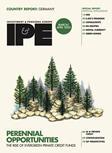



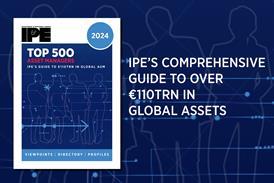







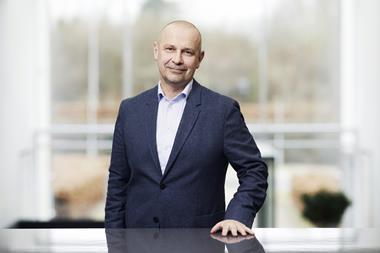
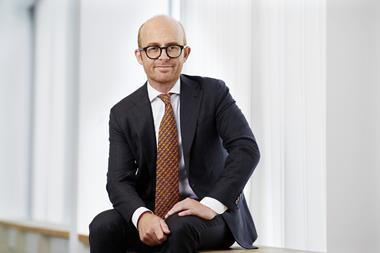




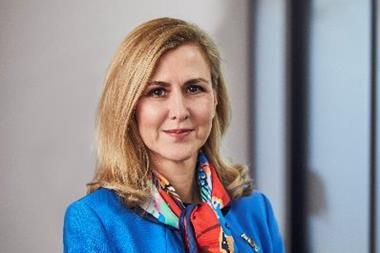
















No comments yet